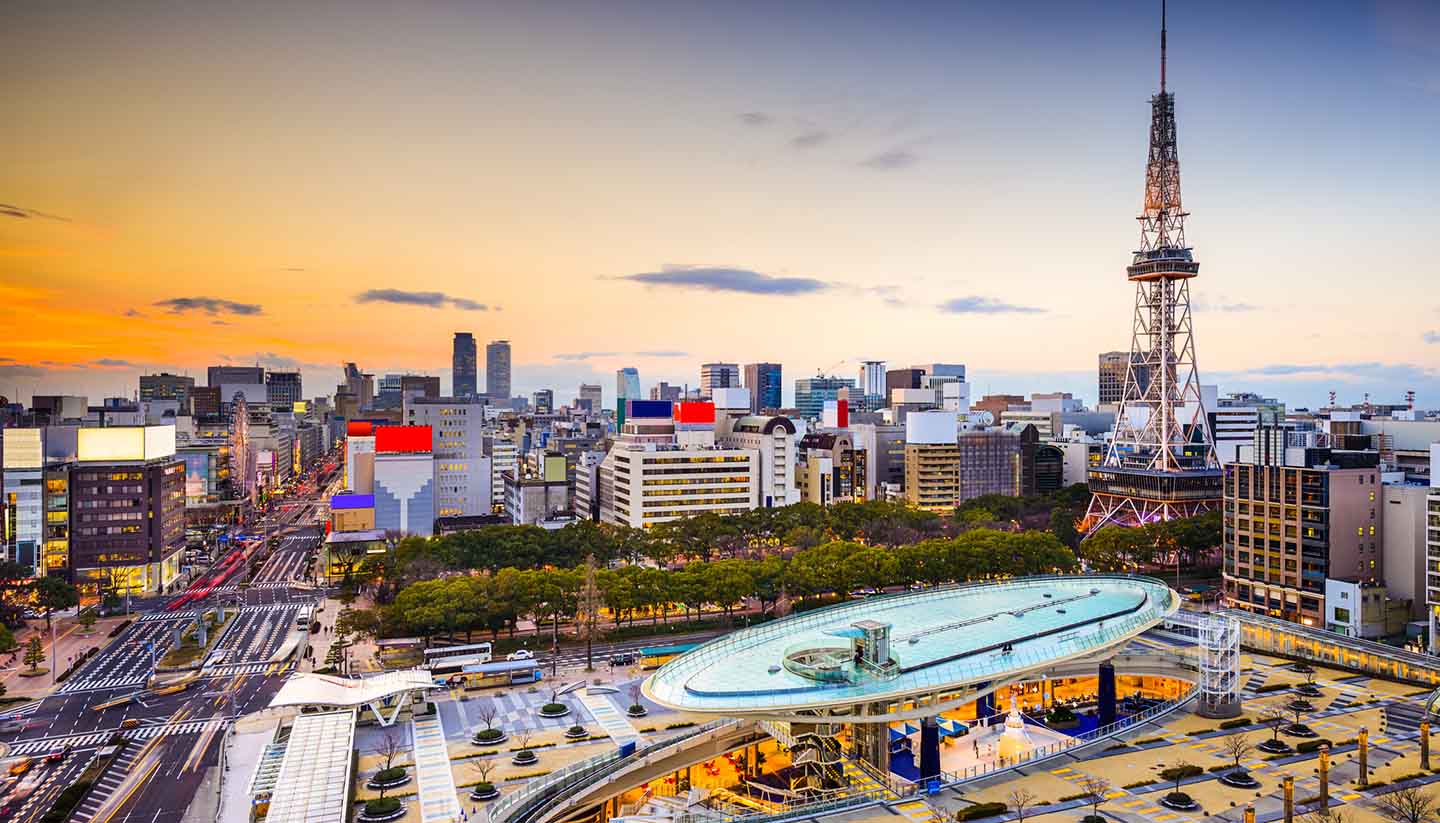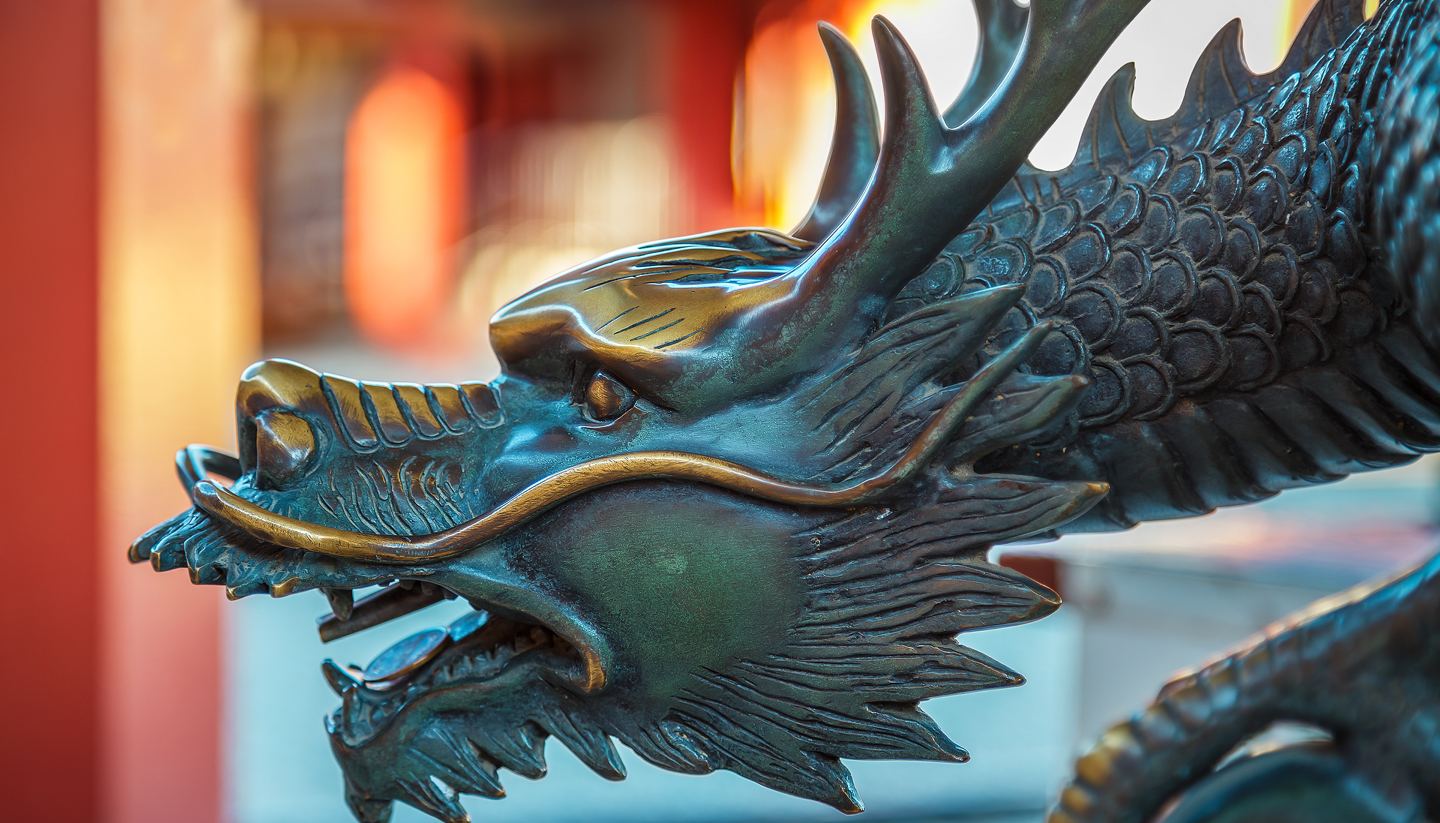Nagoya History
Growing from a castle settlement into a prosperous industrial centre, Nagoya suffered sustained bombing in WWII, but emerged as a modern manufacturing dynamo.
Nagoya boasts more than 400 years of history, which began with the building of Nagoya Castle after the Battle of Sekigahara in 1600.
Uniting Japan through his victory at the battle, Tokugawa Ieyasu commenced construction of the castle in 1610, and instructed the residents of Kiyosu to move lock, stock and temple to the area surrounding the new castle.
The castle’s first lord, Tokugawa Yoshinao, transformed the castle-city into a thriving town and the Tokugawa family continued to live in the castle for 16 generations.
Nagoya developed as a centre for ceramics, lacquer-ware, cotton and gunpowder production before becoming a centre for modern industry during the 19th century.
It achieved city status in 1889, a year which also ushered in the arrival of electricity.
Nagoya went on to become an important transport hub, with several railway lines meeting at the city and its busy port proving a vital link to the rest of the world. A network of canals was created to connect industrial areas to the coast.
Nagoya grew a name for itself as a metals and machinery manufacturer, helped in part by heavy demand in WWI.
In the 1930s, five local companies jointly created Japan’s first domestic car here, and it wasn’t long before Toyota was mass-producing vehicles for the global market.
The city was heavily bombed during WWII, and in the post-war era it was completely rebuilt into a well-planned modern metropolis.
Typhoon Vera (or Isewan Typhoon) pounded Nagoya in 1959, resulting in widespread flooding and nearly 2,000 deaths.
Today, Nagoya is Japan’s fourth-largest city and a key link between the east and west of the country, with manufacturing and industry still central to its prosperity.
Did you know?
• Nagoya’s seventh lord, Tokugawa Muneharu, actively promoted the arts, and performers came from across Japan to take to the stage in the 50-plus theatres.
• Nagoya Castle was destroyed during WWII, but rebuilt in 1959.
• Toyota, Mitsubishi and Honda are all based in the Nagoya area.



